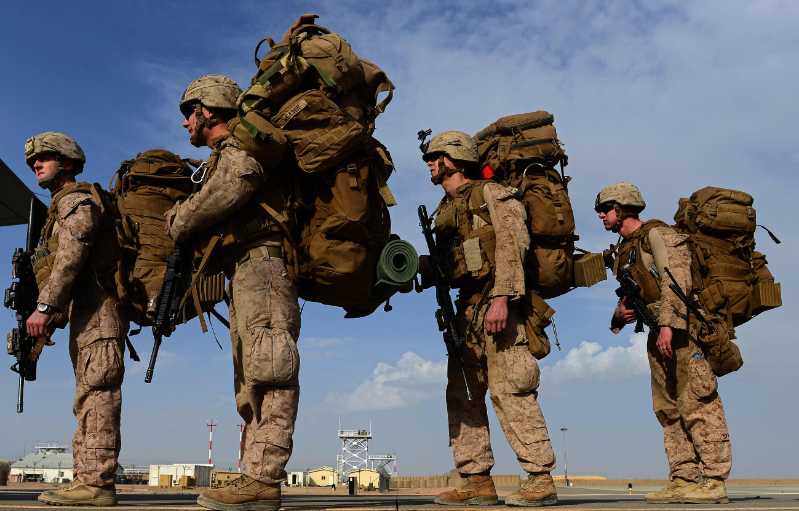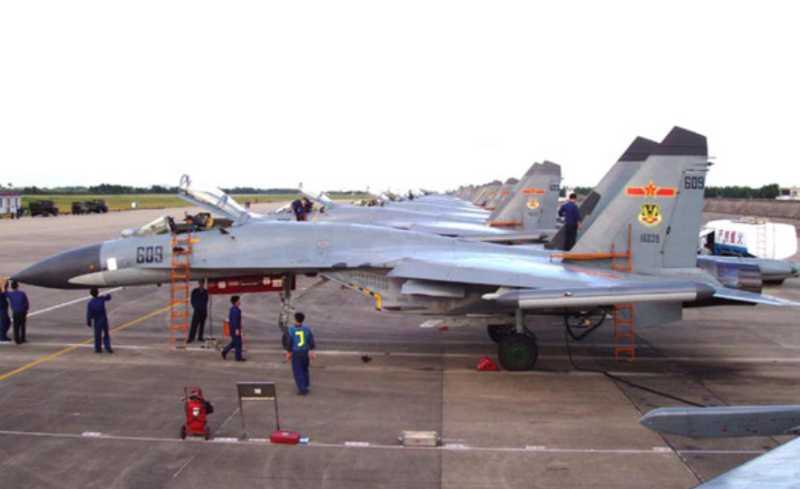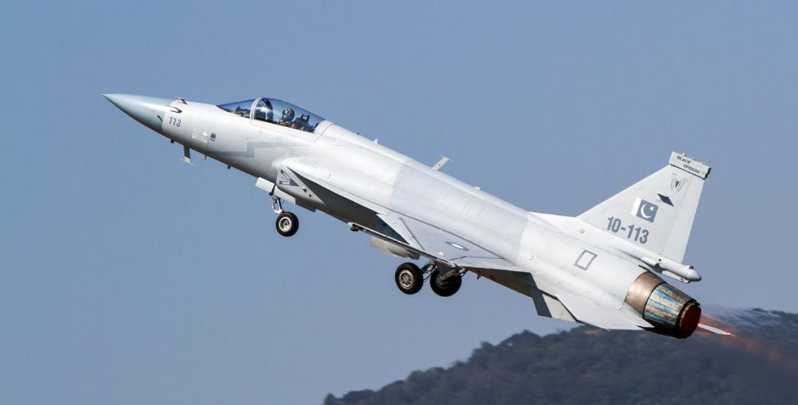The Trump administration’s stop-loss strategy
The Trump administration proposed its own Afghanistan strategy in August 2017, and then made a series of adjustments to the strategy based on changes in internal and external situations and interests, and finally signed a peace agreement with the Taliban with peace talks and troop withdrawal as the main means. However, this stop-loss peace agreement seriously damaged the strategic prestige of the United States, aggravated the domestic political crisis in Afghanistan, and was difficult to bring peace and stability to Afghanistan. At the same time, factors such as whether the Taliban can seriously implement the agreement, the US position on Afghanistan is still uncertain, and the internal political dialogue process in Afghanistan is blocked, making the prospects of the Trump administration’s Afghanistan strategy full of uncertainty.
The Afghanistan issue is one of the important diplomatic issues facing US President Trump after he took office. On August 21, 2017, Trump first clearly proposed his Afghanistan strategy as the first regional and foreign strategy officially announced by the Trump administration, which laid the tone for solving the Afghan issue, but was forced to make continuous adjustments afterwards.
On February 29, 2020, the United States and the Afghan Taliban officially signed a peace agreement, marking a new stage in the Trump administration’s Afghanistan strategy. However, the strategy lacks specific details and has some gray areas. It is more of an expedient measure, highlighting its irritability and immaturity, which is mainly reflected in the process of the signing of the peace agreement between the United States and the Afghan Taliban and the deadlock in the internal political dialogue in Afghanistan.
The main content and goals of the Trump administration’s Afghanistan strategy are similar to those of the Obama administration, but there are also major differences. In the early days of the strategy, one of its main contents and goals was "no longer setting a specific withdrawal time for US troops in Afghanistan, but promising to fight to the end." This shows that the Trump administration is trying its best to make up for the major mistakes of the Obama administration’s Afghanistan strategy, and this is also the biggest difference between the two. The Obama administration misjudged the Afghan issue. On the one hand, it seriously underestimated the determination and strength of anti-government forces such as the Taliban, and believed that the plan of "increasing troops first and then withdrawing troops" could effectively solve the Taliban problem, but it did not work out; on the other hand, the clear announcement of the withdrawal timetable not only made the US allies feel passive, but also boosted the morale of the Taliban, seriously weakening the Afghan government’s determination to fight the Taliban. Although Obama adjusted and postponed the withdrawal plan many times during his term, his dominant idea of "zero troop presence" has not changed.
The second main content is to redefine the standard for victory in the war on terror. The Obama administration believed that the elimination or even severe damage to al-Qaeda marked the victory of the war on terror. Later, it regarded the killing of Bin Laden as a major symbol of severe damage to al-Qaeda, gradually weakening the policy goal of fighting the Taliban, thereby providing legitimacy for the withdrawal. Trump redefined the standard for achieving victory in the fight against terrorism in Afghanistan, that is, more on the elimination of the Khorasan branch of the Islamic State and preventing the Taliban from seizing power as the standard of victory, which is significantly different from the goal definition of the Obama administration.
The third main content is to enhance the voice and autonomy of the US military on the Afghan issue. During the Obama administration, the US military’s autonomy and voice on the Afghan issue were relatively limited, but within a year after Trump announced his Afghanistan strategy, the US military’s autonomy and voice were significantly enhanced. In the early stage, the Trump administration’s Afghanistan strategy almost completely accepted the US military’s policy design for Afghanistan, and adopted the military’s military action suggestions such as increasing the intensity of air strikes against the Taliban.
The fourth main point is that the Trump administration has stepped up its efforts to win over India on the Afghan issue. As the United States is disappointed with Pakistan’s performance on the Afghan Taliban issue, Trump has set his sights on India, expecting the latter to become the main cost sharer and resource provider for solving the Afghan issue. Although the Obama administration also hoped that India would share more responsibilities and regarded India as an important pillar of the "New Silk Road" plan, it did not express it as directly as Trump and did not give such high expectations.
After the Trump administration announced its Afghanistan strategy, the United States took measures such as increasing troops, increasing air strikes, and continuing to improve Afghanistan’s security capabilities, especially strengthening the construction of Afghanistan’s special forces, in an effort to hit the morale of the Taliban and break the deadlock on the Afghan battlefield. But in fact, similar to the Obama administration’s Afghanistan strategy, the Trump administration still adheres to the policy of "fighting to promote talks", and the ultimate goal is to force the Taliban to return to the negotiation table and seek a political solution through dialogue. In addition, the Trump administration has also stepped up its propaganda on the terrorist threat of the Khorasan branch of the Islamic State, trying to get more Americans and their allies to support its Afghanistan strategy, while retaining a certain policy space on the issue of troop withdrawal.
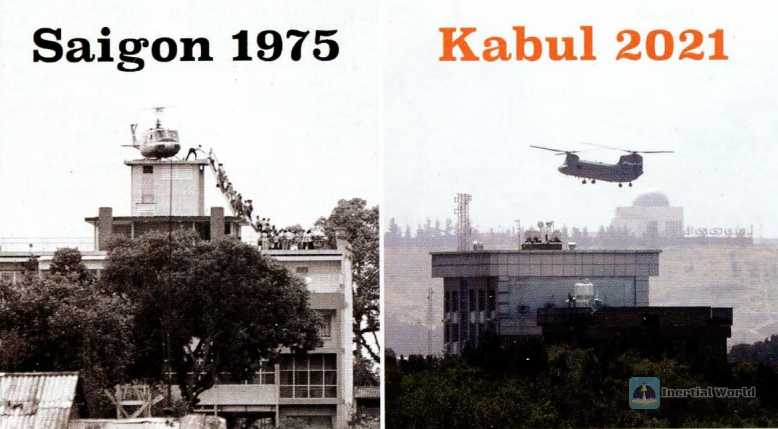
Reasons for the Trump administration to adjust its Afghanistan strategy
One year after the announcement of the Trump administration’s Afghanistan strategy, it had little effect. The situation in Afghanistan did not improve significantly, but instead generated a series of new problems and challenges. Against this background, Trump began to abandon his original position in fact, constantly sending signals of negotiations with the Taliban and withdrawing troops from Afghanistan. In October 2018, the United States officially started the negotiation process with the Taliban, marking a major adjustment in the Trump administration’s Afghanistan strategy. The Trump administration has always adhered to the strategic tone of "principled realism" and adjusted its Afghanistan strategy to adapt to changes in the actual situation. After ten rounds of negotiations over a period of 16 months, the United States and the Taliban signed a peace agreement in Doha, the capital of Qatar, on February 29, 2020, and the relationship between the United States and the Taliban has undergone a dramatic change.
The key contents of the US-Taliban peace agreement mainly include four aspects. First, the United States has clarified the withdrawal timetable. According to the US-Taliban peace agreement, the United States promises that on the premise that the Taliban abides by and implements the agreement, the US troops stationed in Afghanistan will be reduced from 13,000 to 8,600 in the next 135 days, and the remaining US troops will withdraw from Afghanistan within 14 months. Second, the Taliban promised not to let Afghanistan become a haven for terrorists and ensure that Afghanistan will not be used to threaten the security of the United States and its allies. Third, all parties in Afghanistan will conduct internal negotiations on the ceasefire issue on March 10. Fourth, the Afghan government and the Taliban exchanged prisoners and released prisoners on March 10. In addition, the agreement also mentioned that the United States will push the UN Security Council to lift sanctions on Taliban members by May 2020.
The Trump administration has adjusted its Afghanistan strategy many times since the second half of 2018, and finally achieved the US-Taliban peace talks and the signing of the peace agreement. This is the result of the combined effect of domestic and foreign factors in the United States. From a domestic perspective, Trump is eager to be re-elected in the 2020 US election. Promoting the signing of the US-Taliban peace agreement can not only fulfill his campaign promise to withdraw troops during the last election, but also accumulate capital for his re-election.
According to relevant surveys, 49% of Americans believe that the United States has been involved in the Afghan issue too widely, too deeply, and for too long, and the issue of the United States’ withdrawal from Afghanistan should be given priority at present. Another survey showed that 86.4% of Americans believe that force and war can only be used as the last resort to solve the Afghan problem; 57% of people believe that the United States’ foreign military operations, especially in Afghanistan, are counterproductive. Therefore, although a considerable number of Americans do not approve of Trump’s Afghanistan strategy, there is still a certain public opinion basis for withdrawing troops from Afghanistan in the United States.
From the external perspective, since the Trump administration launched the new Afghanistan strategy, the security situation in Afghanistan has not improved, and has even become increasingly stalemate. Afghanistan’s political construction has become increasingly difficult, and its domestic peace and reconciliation process has been full of twists and turns. At the same time, the United States has been making bottomless, low-return investments in the Afghan issue for a long time, seriously overdrawing its strategic resources. According to official data released by the United States, from the end of 2001 to 2019, the United States spent about $975 billion on the Afghanistan issue. According to the assessment of relevant research institutions, the total cost of the United States’ investment in the Afghanistan issue has exceeded $2 trillion.
Against this background, although the United States is reluctant to completely abandon Afghanistan, Trump, who pursues the concept of "America First", hopes to get out of the quagmire of Afghanistan as soon as possible, and then step up the adjustment of strategies, that is, to reduce troops and spending in Afghanistan and seek a political solution to the Afghan issue. The US-Taliban peace agreement is regarded by Trump as a "phased achievement" of his Afghanistan strategy, but the signing of the agreement is obviously speculative and means to get rid of burdens.
The impact of the US-Taliban peace agreement
The Trump administration’s plan to negotiate with the Taliban and withdraw troops from Afghanistan, especially the peace agreement finally signed with the Taliban, is not the result of its careful consideration. It is more like a stop-loss transaction taken by a speculator, which will inevitably bring many negative effects. This agreement seriously damages the strategic prestige of the United States. On the one hand, the compromise and concession made by the United States to the Taliban have made its allies and opponents see the weakness and weakness of the United States. The United States’ regional allies have questioned the United States’ will and ability to ensure regional security. This move by the United States will greatly stimulate other extremist organizations such as the "Islamic State", making them believe that as long as they persist in resistance, they can get the United States to compromise and give in, which will undoubtedly have serious consequences. The United States’ geopolitical competitors and hostile forces may take more radical actions to further test the bottom line of the United States. After the signing of the US-Taliban peace agreement, two serious terrorist attacks occurred in Kabul, the capital of Afghanistan, both launched by the Khorasan branch of the Islamic State.

The biggest beneficiary of the US-Taliban peace agreement is not the United States, but the Taliban and other relevant countries. It can be seen from the content of the agreement that the Taliban has achieved its previous goals at almost zero cost, namely, legitimizing its own status, maintaining internal unity, expanding its influence at home and abroad, and weakening the authority of the Afghan government. In addition, Pakistan, which has close ties with the Taliban, and the United States’ regional competitors, such as Iran and Russia, will benefit from the US-Taliban peace agreement. For the United States, although there are also benefits, it faces more uncertainties and challenges in the future. After paying a high cost in Afghanistan, the United States has only achieved the goal of stopping losses, far from touching its regional strategic goals, and has seriously weakened its own strategic prestige.
This agreement has led to the widening of differences and contradictions between the US and Afghan political elites. Before the signing of the US-Taliban peace agreement, the results of the new Afghan presidential election were delayed. On the one hand, this is due to the complex and difficult political game in Afghanistan; on the other hand, the United States has been deeply involved in the Afghan election and hopes that the election process and results can serve the negotiations between the United States and the Taliban. On February 18, 2020, the results of the Afghan election were finally announced. According to the results announced by the Afghanistan Independent Election Commission, the current President Ashraf Ghani won 50.64% of the votes, surpassing another candidate, the current government chief executive Abdullah Abdullah’s 39.52%, and was elected as the new president. However, Abdullah and his followers refused to accept the results of the election and declared that they would set up a "inclusive government." After many parties failed to reach an agreement, Ghani and Abdullah were sworn in as president on the same day, and a "parallel government" was actually established in Afghanistan.
It is worth noting that Afghanistan chose to announce the election results at the time when the US-Taliban peace agreement was about to be signed, which was obviously not what the United States wanted to see. This also shows that Ghani and other Afghan domestic political forces are unwilling to be manipulated by the United States. In addition, influenced by the signing of the US-Taliban peace agreement, the differences between the Ghani government and the United States in promoting anti-terrorism deployment have continued to emerge.
In November 2019, Ghani ordered the Afghan government forces to eliminate the main military forces of the "Islamic State" Khorasan branch entrenched in the province of Gohar, and announced victory in the fight against the "Islamic State" Khorasan branch. But in fact, the US military has the conditions to eliminate the "Islamic State" Khorasan branch, and the Trump administration originally intended to eliminate it before withdrawing troops to provide legitimacy for the withdrawal. However, the Ghani government "harvested" the "fruits of victory" carefully cultivated by Trump in advance, highlighting the dissatisfaction of the Afghan domestic political elites with the Trump administration’s Afghanistan strategy. It is foreseeable that even if the United States can support new agents in Afghanistan in the future, it will be difficult to find a "partner" that fully serves the interests of the United States.
In fact, the US-Taliban agreement is difficult to promote peace and stability in Afghanistan. The pro-American attempt to rely on the Taliban to fight international terrorism is tantamount to seeking the skin of a tiger. The United States signed a peace agreement with the Taliban, requiring the Taliban to cut off its ties with al-Qaeda, intending to use the Taliban to solve the domestic counter-terrorism problem in Afghanistan. However, the Taliban did not make a clear commitment to this at the time. Its main focus was on extremist organizations such as the Khorasan branch of the Islamic State, which were in all-round competition with the Taliban. The Taliban may still adopt an attitude of tacit connivance and indulgence towards other extremist organizations. This shows that the US’s desire to cooperate with the Taliban on counter-terrorism is bound to fail. On the other hand, the conflict between the Taliban and the Afghan government forces continued, and with the advantage it had gained, it stepped up its offensive against the Afghan government. In late March 2020, conflicts between the Taliban and the Afghan government forces broke out in more than a dozen provinces in Afghanistan.
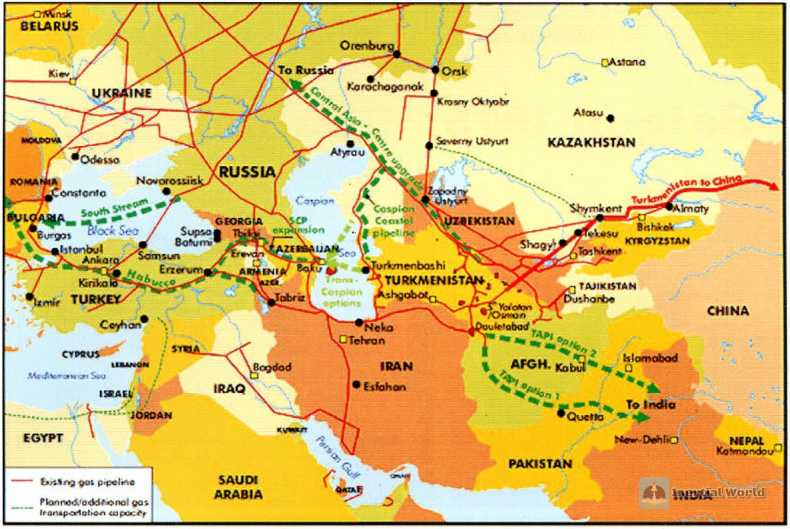
On March 28, Yumgan County, Badakhshan Province, fell into the hands of the Taliban again. The county is rich in lapis lazuli and was once controlled by the Taliban for a long time, providing the Taliban with a large amount of lapis lazuli smuggling income. In September 2019, Yumgan County was recaptured by government forces, and then became the first county newly controlled by the Taliban in 2020. At the same time, the Afghan government forces began to adopt an "active defense" strategy against the Taliban’s offensive, that is, compared with the "defense" mode during the ceasefire, they paid more attention to counterattacks and attacks against the Taliban. Under the "big picture" of the signing of the US-Taliban peace agreement, the continued conflict between the Afghan government forces and the Taliban has not been widely reported, but this "silent war" has made the prospects for peace in Afghanistan dim before the withdrawal of US troops. Overall, although Trump has repeatedly criticized the Obama administration’s Afghanistan strategy and made a series of promises when his Afghanistan strategy was introduced, such as no longer setting a withdrawal time and troop size, fighting to the end in Afghanistan, seeking relevant countries to share the cost of solving the Afghan issue, and accelerating the realization of "Afghans governing Afghanistan", the signing of the US-Taliban peace agreement marks that Trump has actually abandoned his previous promises and plans, which not only damages the US prestige in Afghanistan, but also exacerbates the domestic political confrontation in Afghanistan and widens the rift between the US and Afghan political forces. The signing of the US-Taliban peace agreement means, to a certain extent, the failure of the Trump administration’s Afghanistan strategy.
The US-Taliban agreement lays the seeds of disaster
After the signing of the US-Taliban peace agreement, the situation in Afghanistan has not been truly stable, and the domestic peace process in Afghanistan is still difficult. At the same time, affected by various factors, the direction and prospects of the Trump administration’s Afghanistan strategy are also full of uncertainty.
In fact, including the United States, the outside world still has doubts about whether the Taliban can seriously implement the peace agreement. The biggest challenge facing the Trump administration’s Afghanistan strategy and the Afghan peace process is whether the peace agreement can be effectively implemented. After the signing of the US-Taliban peace agreement, the United States gave a relatively clear withdrawal plan and timetable, but the Taliban was hardly subject to any institutional constraints in the agreement, so the United States could not guarantee that the Taliban would seriously fulfill its commitments after the signing of the agreement. For example, the US-Taliban peace agreement requires Afghanistan to conduct internal dialogue, but does not specify with whom the Taliban will dialogue, so the Taliban does not recognize the Afghan government as the main negotiating partner, but only as one of the participants in the dialogue. There are many differences between the Taliban and the Afghan government on the details of exchanging prisoners and releasing prisoners, which has led to the failure of relevant work to be carried out as scheduled. In order to raise the price in the negotiations with the Afghan government, on April 5, the Taliban issued a statement saying that the United States and its allies had violated the US-Taliban peace agreement, calling on the United States to abide by the agreement and requiring its allies to fully implement the agreement.
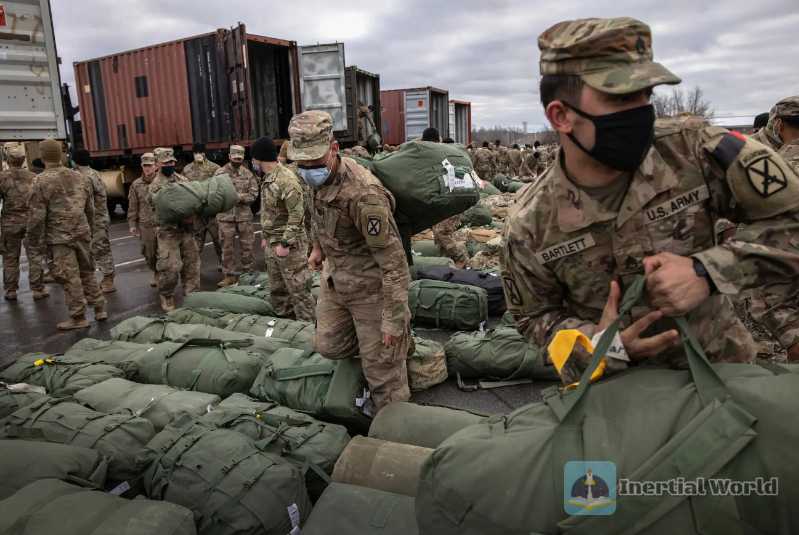
The United States has a changeable position on the Afghan issue. Affected by the US election, the Trump administration’s withdrawal plan in Afghanistan has always been uncertain. According to the survey results conducted by the polling organization Youguan in March 2020, 43% of Americans do not approve of the Trump administration’s approach to Afghanistan; about 79% of the American people surveyed said that the United States could not end the Afghan war through negotiations; nearly half of the American people believe that the Trump administration’s Afghanistan strategy lacks a clear plan.
At the same time, the Trump administration’s withdrawal plan did not receive full support from the US political and military circles. Former US President’s National Security Advisor Bolton and former Secretary of State Hillary Clinton firmly opposed the US withdrawal from Afghanistan. At that time, just before the US election, any major security incidents against the United States or its allies in Afghanistan, or a serious humanitarian crisis in Afghanistan, and trading with the Taliban could become a "Waterloo" in Trump’s political career. In this context, with the end of the US election, whether Trump is re-elected or not, the new US government must adjust its Afghanistan strategy again.
The changes in the domestic situation in Afghanistan are also affecting the direction of the Trump administration’s Afghanistan strategy. However, it is generally believed that Afghanistan has once again become a shelter for international terrorism, which is obviously contrary to the original intention of the Trump administration’s Afghanistan strategy.
Regarding the Taliban’s intention to rebuild the Islamic Emirate in Afghanistan, although Khalilzad, the special representative for Afghanistan reconciliation, clearly stated at the time that "the international community, including the United States, will not allow the above situation to happen and regard it as a political red line, but it is uncertain whether this can restrain the Taliban." The United States plans to retain an intelligence force in Afghanistan after withdrawing its troops, but how to define this intelligence force still has a lot of room for interpretation. Therefore, there are great variables in the US withdrawal plan and the US position on the Afghan issue.
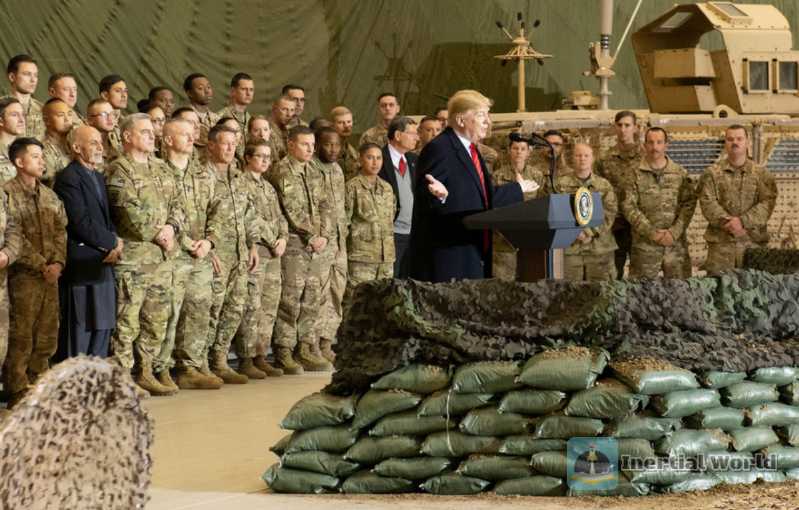
The process of internal political dialogue in Afghanistan has been seriously hindered. At that time, the domestic political situation in Afghanistan was deadlocked, and internal negotiations faced problems such as unclear negotiating subjects and serious differences. The political confrontation between the "parallel governments" in Afghanistan was severe, which led to difficulties in the formation of government negotiation members. The internal dialogue originally scheduled for March 10, 2020 has been postponed many times. After the US-Taliban signed the peace agreement, Khalilzad expressed the hope that the internal negotiations in Afghanistan would end within 100 days, but the internal negotiations could not actually be completed as scheduled. The United States was anxious about this and was dissatisfied with the differences between Ghani and Abdullah. On March 23, 2020, US Secretary of State Pompeo made a surprise visit to Afghanistan and met with Ghani and Abdullah, trying to mediate the conflict between the two to form an inclusive government and clear obstacles for internal negotiations in Afghanistan, but failed to achieve the expected goals. The United States immediately announced that it would cut $1 billion in aid to Afghanistan and said it might cut another $1 billion in 2021 as punishment for Afghanistan’s failure to respond to US concerns. The US State Department also stated in a statement that in view of the discord among Afghan leaders and the direct threat it poses to US national interests, the US government will immediately initiate a review of Afghan cooperation projects, may further cut aid plans to Afghanistan, and reconsider the United States’ future commitment to aid Afghanistan.
Trump’s series of strategic policies laid the foundation for the complete failure of the United States in Afghanistan in 2021.
At the beginning of Trump’s term, under the influence of the military, he changed the plan to withdraw troops from Afghanistan during the election, trying to force the Taliban to sit at the negotiating table by exerting greater military pressure on it, and hoped that India and other countries would share more costs. However, a year later, the strategy had little effect, so the Trump administration made major adjustments to it. At the same time, the Trump administration was opportunistic in diplomacy, and gained certain benefits through radical measures, which to a certain extent increased its willingness to trade with the Taliban. The Trump administration has continuously adjusted and modified the Afghanistan strategy introduced in 2017, using peace talks and troop withdrawal as the main means to eventually promote the signing of the US-Taliban peace agreement. This is in line with Trump’s personal style and the strategic principle of "America First", and is also closely related to the increasingly stalemate security situation in Afghanistan.

However, the US-Taliban peace agreement seriously damaged the prestige of the United States in the international community, and also led to the expansion of differences and contradictions between the US and Afghan political elites, and did not help promote peace and stability in Afghanistan. Affected by internal and external factors, the United States and the Taliban, as signatories to the agreement, were unable to effectively implement the agreement. As the internal political dialogue process in Afghanistan was severely obstructed, a series of negative effects of the agreement emerged. The Trump administration’s Afghanistan strategy and the domestic peace process in Afghanistan collapsed. The Afghan government also collapsed in just a few dozen days, and the Taliban occupied the entire territory of Afghanistan.
(To be continued)


